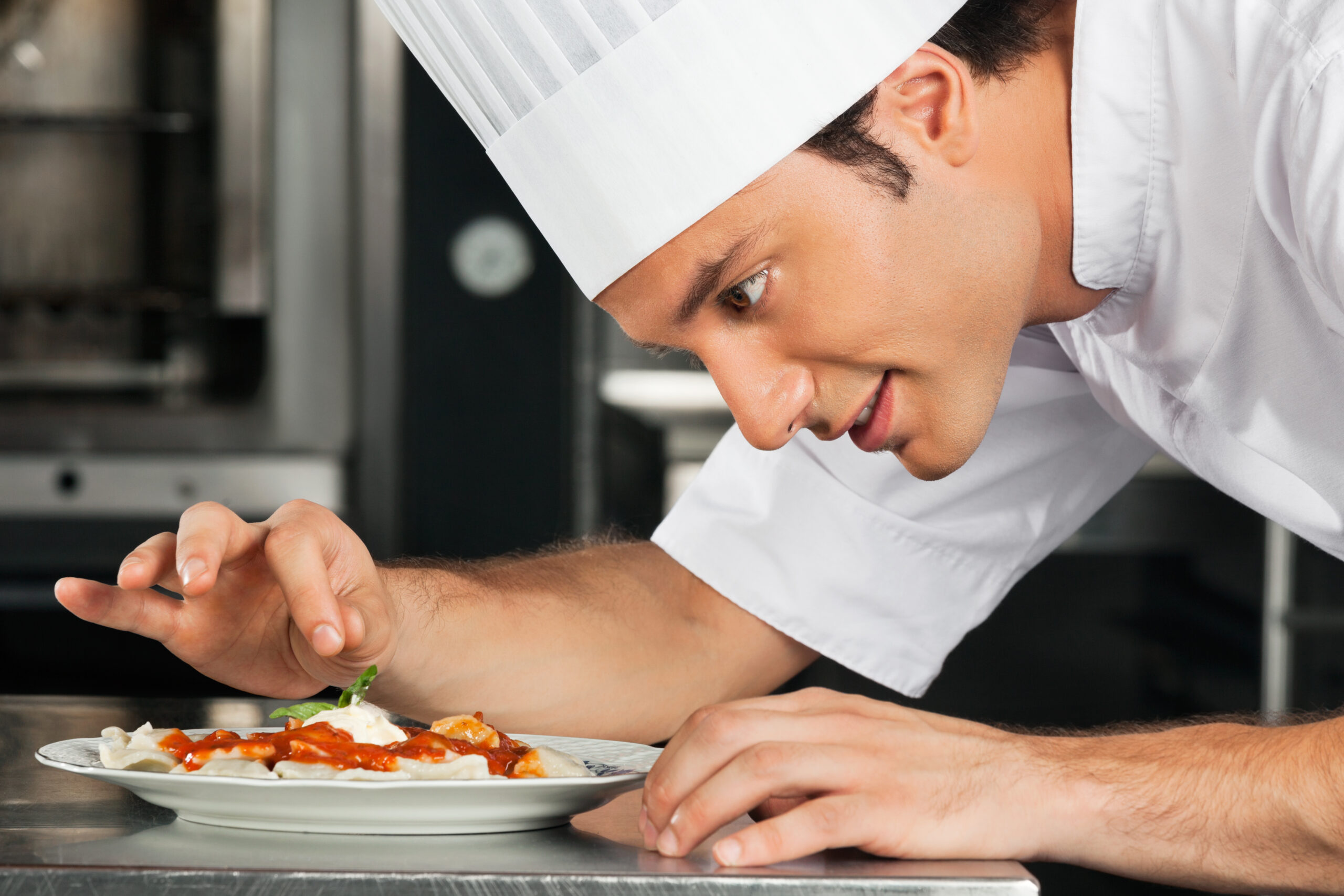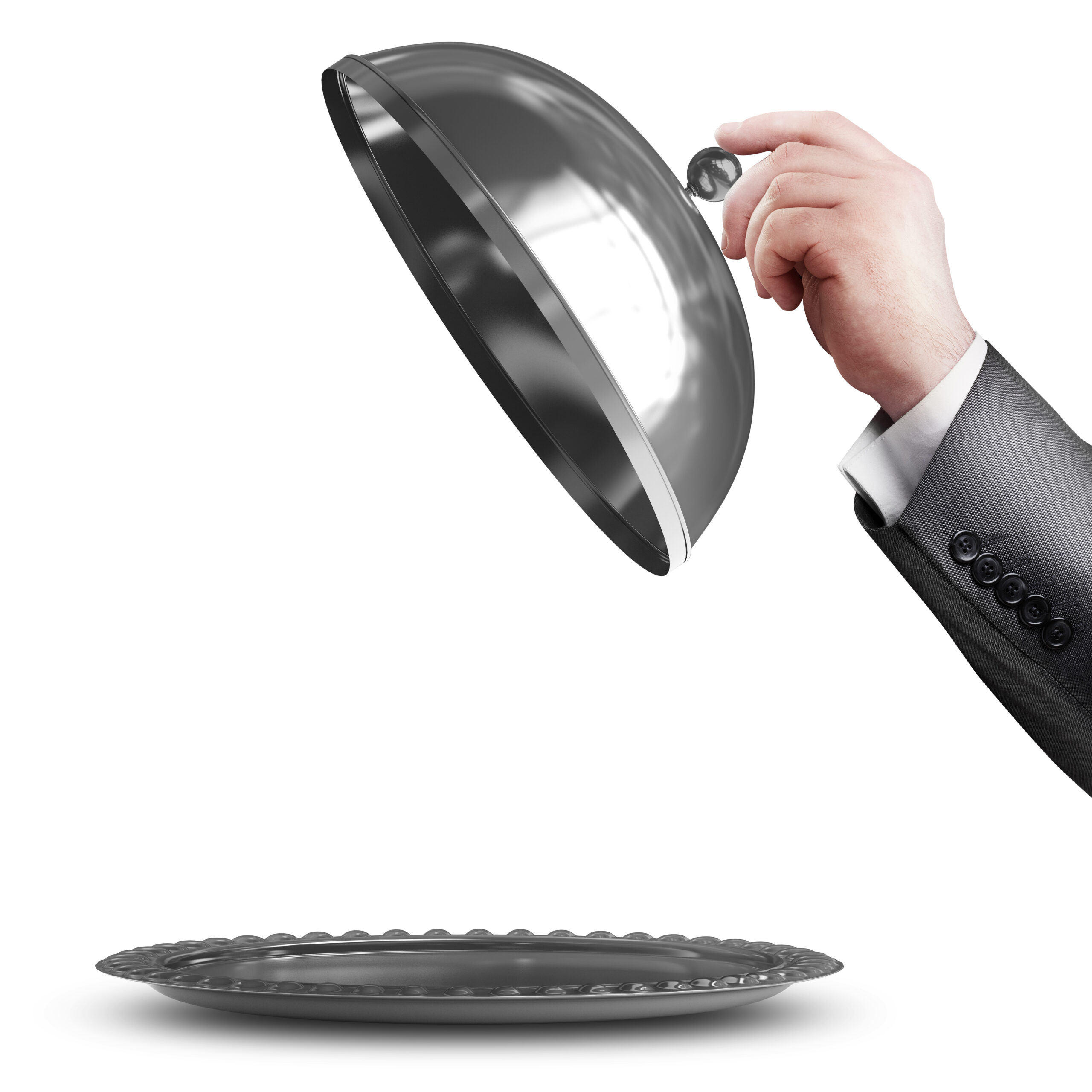Food and Beverage
Protecting Profit: Why Advanced Food & Beverage Controls Matter for Restaurants and Bars
Food and beverage operations are high-volume, low-margin businesses — and bars add a second layer of risk because alcohol is high-value, highly portable, and often handled under fast service conditions. Without integrated menu-to-recipe costing, real-time inventory, and daily operational reporting, leakages quickly become meaningful profit erosion.
This isn’t just about better reporting — it’s about stopping losses at the source. The right systems give you the daily visibility and controls to detect issues fast, limit exposure, and make sure staff, managers, and vendors are accountable.

A Messy Chef’s Office Isn’t Just Clutter — It’s a Profit Leak
Stacks of invoices, hand-written recipes, and spreadsheets scattered across a desk don’t just create clutter — they create blind spots. The result? Untracked waste, missed variances, and profits that quietly slip away
The Cost of No or Weak Controls: What’s at Risk
- Hidden margin erosion: Untracked pours, inconsistent portions, and poor recipe adherence silently destroy food and liquor margins.
- Cash leakage: Uncontrolled cash handling and poor POS oversight lead to unrecorded sales and take-home theft.
- Inventory shrink: Spoilage, waste, and theft are difficult to separate without accurate, frequent counts.
- Vendor/ordering exposure: Ghost orders, unauthorized credits, and split shipments can mask supplier collusion or mistakes.
- Paper & Spreadsheet Blind Spots: Manual systems create loopholes for fraud — with errors often disguised as mistakes.
Employee theft and operational leakage are real — but most losses are preventable. Combining recipe-level costing, real-time inventory, POS analytics, and sound policies turns guesswork into measurable control. For bars and restaurants alike, this means stronger margins, fewer surprises, and a clearer path to profitable growth.
Great Food Isn’t Enough — Know What Each Plate, Glass Poured, and Bottle Sold Earns
Why Restaurants and Bars Need Integrated F&B Reporting

A chef may craft every plate with precision, but without timely, accurate information, even the most meticulous professional is left guessing at the profitability of each menu item.
Menu-to-Recipe Integration: Link every dish and cocktail directly to its ingredients for complete visibility into cost and margin.
Real-Time Cost Tracking: Ingredient prices and portion sizes update automatically, giving managers a live view of profitability.
Recipe & Cocktail Standardization: Consistent preparation ensures guest satisfaction while limiting over-pouring and portion creep.
Profitability Insights: Spot high-margin dishes and drinks — and identify items dragging down results.
Centralized Recipe Management: Store and standardize recipes with exact measurements and instructions for consistency.
Data-Driven Menu Optimization: Adjust pricing, swap ingredients, and refine your menu using actionable insights
From Kitchen to Ledger—Align Operations with Profit Goals
- Menu-to-Recipe Integration: Seamlessly connect your menu items to recipes and ingredients for full cost visibility.
- Real-Time Cost Analysis: Track dish-level costs with live pricing and portion data.
- Profitability Insights: Identify your most and least profitable menu items with clear financial metrics.
- Centralized Recipe Management: Store and standardize recipes with exact measurements and instructions for consistency.
- Data-Driven Menu Optimization: Adjust pricing, swap ingredients, and refine your menu using actionable insights.
- Collaborative Workflow: Integrates with most ERP’s to align purchasing, production, and performance.
- Smarter Decision-Making: Gain clarity and control to confidently update your menu and improve your bottom line.
Chefs Focus on Food. Our Solution Handles the Numbers
Our back-of-house solution automates AP, purchasing, receiving, and inventory while seamlessly linking every transaction to menu engineering. Each ingredient purchased flows directly into recipe costing and menu analysis, giving you real-time visibility into where every dollar is spent — and how it contributes to profit.
Key Benefits for Owners & Managers:
Protect Margins: Spot over-pours, oversized portions, and unrecorded sales before they drain profit.
Reduce Waste & Spoilage: Order smarter and plan production with accurate, real-time usage data.
Save Labor Hours: Replace endless counting, reconciling, and paper chasing with automated workflows.
Faster, Cleaner Audits: Digital trails make audits faster, simpler, and less risky.
Actionable Insights: See instantly which menu items drive profit — and which quietly cost you money.
The result: Chefs stay focused on food, managers stay in control, and your outlets stay profitable.
Optimize Your Menu for Maximum Profitability
Menu engineering reports allow you to prioritize high-profit items without compromising quality. Success depends on the ‘4 P’s’: Product, Placement, Price, and Profit. Monitoring competitors’ pricing and knowing your theoretical food costs are also essential for effective inventory control and accurate costing.
Classifying Menu Items into Four Categories
- STARS
These are your key or signature dishes—high in both profit and popularity. They deserve maximum exposure on your menu, and your staff should actively upsell them to maximize revenue. - PLOW HORSES
These are dishes you consistently sell but contribute little to profits. While they may not be top performers, they still play a role in customer satisfaction.
- PUZZLES
These items are highly profitable but lack popularity. Consider whether adjustments in presentation, placement, or promotion might boost their appeal. - DOGS
Unprofitable and unpopular, these dishes often warrant removal from the menu. However, before taking them off, seek feedback from staff and customers to understand why they underperformed. This insight can help you avoid similar mistakes in the future.
Transform Profits with a Well-Written Menu
When was the last time you looked at your menu? Is it up-to-date, inviting and appetizing? What does your menu say about your restaurant and the style of foods you put out? In many restaurants, the menu is the most overlooked aspect of a well-run establishment.
Your menu IS your first impression with your guests. We have the expert knowledge needed to create a menu for your restaurant that will help turn your sales around.
Using the Same Ingredients, Food Costs, and Cooking Method, Which Option Would You Choose — and Which Would You Expect to Cost More?

Option A
Or
Option B
In the next scenario, both restaurants have a great deal in common. For example, they make their own dough, sauce and their own mozzarella cheese. They also both use San Marzano tomatoes, the sweetest Italian tomatoes available, imported cured meats, including their pepperoni, and cook pizzas in stone ovens. The two menu items below describe a medium pizza.

Option A
Or
Option B
While pricing varies by region, a well-crafted menu gives you the ability to increase both sales and price points—regardless of the pricing structure you need to maintain.
Contact us today for a complimentary menu consultation. We’ll work with you to craft a menu that not only attracts customers but also maximizes your profits. Let’s transform your menu into a powerful tool for success.
Request a no-obligation quote and demo to see firsthand how you can boost profitability and reduce costs.
